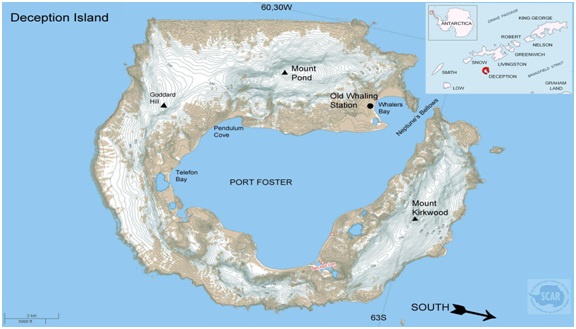Hansa-3 Trainer Aircraft
- 07 Apr 2025
In News:
In a significant milestone for India’s indigenous aviation sector, the Hansa-3 trainer aircraft has recently been approved for training aircrew for pilot licences. Notably, the production of this aircraft will now be undertaken by private industry, marking a step forward in India’s push for self-reliance in aviation technology and defence manufacturing.
About Hansa-3 Trainer Aircraft
- India’s First Indigenous Flying Trainer: The Hansa-3 is the country’s first indigenously developed light trainer aircraft.
- Developed by: The aircraft was designed and developed by the CSIR–National Aerospace Laboratories (NAL), Bengaluru, under the Council of Scientific and Industrial Research (CSIR).
- Intended Use: Specifically designed for flying clubs in India, it is well-suited for Commercial Pilot Licensing (CPL) training, owing to its cost-effectiveness and low fuel consumption.
Key Features and Technological Advancements
- Configuration: It is a two-seater, low-wing monoplane, optimized for pilot training missions.
- Engine: Powered by a Rotax Digital Control Engine, known for high efficiency and performance.
- Advanced Airframe: Incorporates Just-In-Time Prepreg (JIPREG) composite lightweight material, enhancing aerodynamic efficiency and reducing fuel use.
- Modern Cockpit: Equipped with a glass cockpit and bubble canopy, offering a wide panoramic view — critical for pilot situational awareness.
- Electronic Systems:
- Electric Flaps for improved handling.
- Advanced Electronic Fuel Injection System for automatic adjustment of fuel-air mixture across varying altitudes, enhancing performance and fuel economy.
Significance for India
- Promotes Atmanirbhar Bharat: The transition to private manufacturing aligns with the government’s vision of strengthening the domestic aerospace ecosystem under the Make in India initiative.
- Reduces Dependency: Reduces reliance on imported aircraft for pilot training, supporting India’s goal of strategic autonomy in aviation technology.
- Skill Development: Enhances the capacity of Indian flying schools and contributes to the growth of the civil aviation sector by producing more trained pilots domestically.
NASA Recently Shared a Satellite Image of Deception Island (Tribune India)

- 11 Oct 2023
Why in the News?
National Aeronautics and Space Administration (NASA) recently shared a satellite image of Deception Island, one of the only places in the world where a ship can sail directly into the centre of an active volcano.
About Deception Island:
- Deception Island is situated within the South Shetland Islands, forming part of an archipelago northwest of the Antarctic Peninsula.
- This volcanic island is notable for its dynamic features and distinct geography.
- Originating from a colossal volcanic eruption, Deception Island's formation resulted in the collapse of its central structure, allowing seawater to inundate the resulting caldera.
- The landscape is characterized by desolate volcanic slopes, steaming beaches, and glaciers adorned with ash layers, creating a unique horseshoe-shaped entrance to the sea via Neptune’s Bellows.
- The island encircles Port Foster, recognized as one of the safest harbours in the Antarctic, offering vessels a rare opportunity to navigate into the heart of an active volcano.
- Among the few places globally where this is possible, Deception Island has experienced over twenty eruptions since the 19th century.
- Notably, the island witnessed three volcanic eruptions from 1967 to 1970, leading to the destruction of Chilean and British stations.
- Presently, Argentina and Spain maintain summer scientific stations on the island.
- Deception Island is safeguarded under the Antarctic Treaty, designating it as a protected area with restricted human visits and minimized environmental impact.
